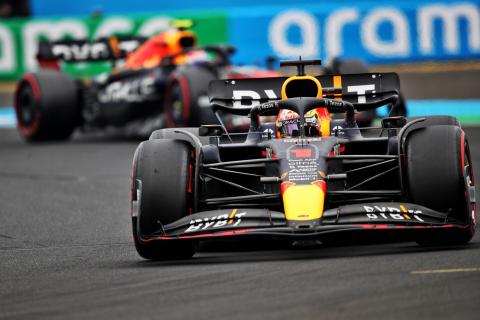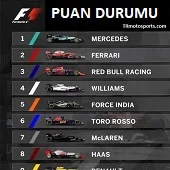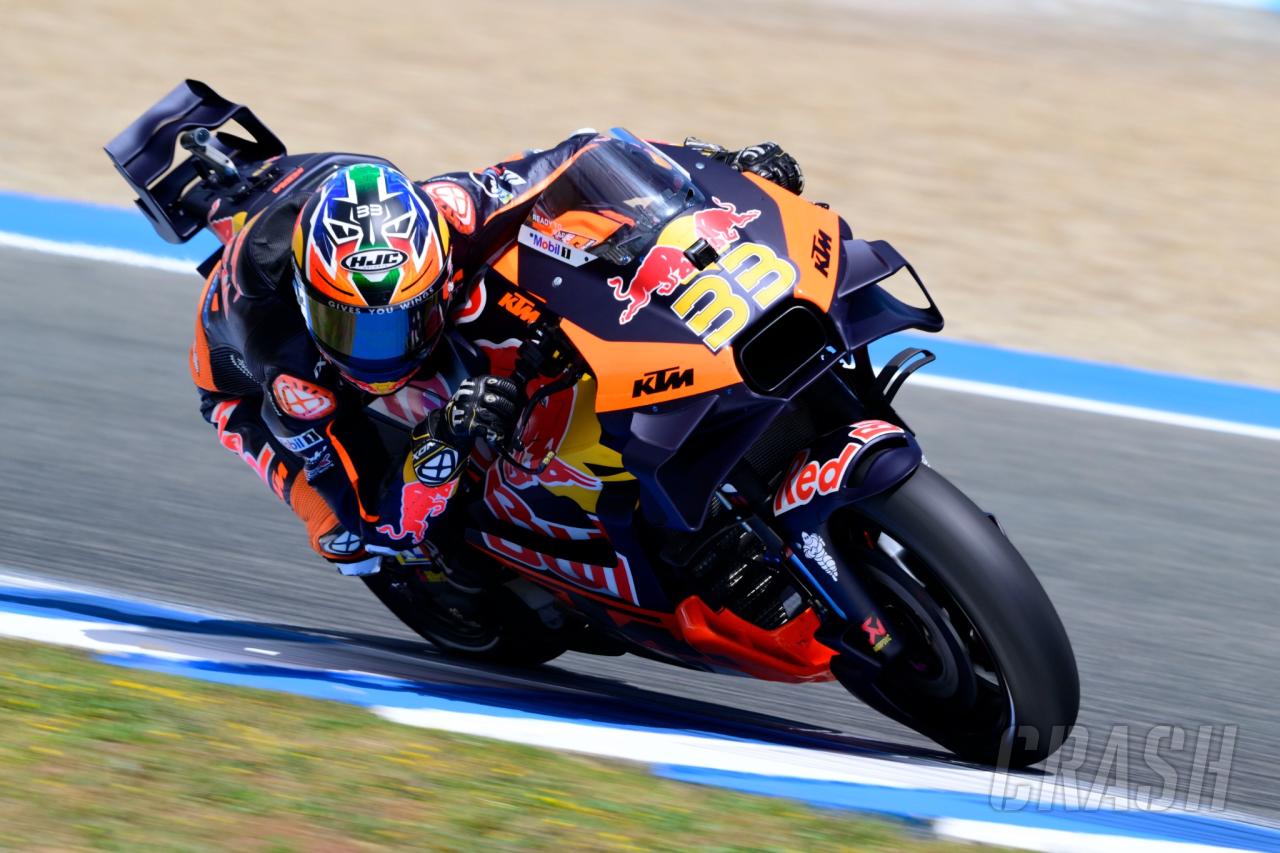
F1’s new floor rules for 2023 – do they damage Red Bull?
| F1 Live | F1 Replay | F1 Standings |
The World Motor Sport Council published a raft of new F1 rules and regulations as they tackle the propoising phenomenon.Porpoising has dominated the media headlines throughout the season with it derailing Mercedes’ season.Which F1 drivers have been UNDERRATED this season?Video of Which F1 drivers have been UNDERRATED this season?The bouncing effect was so severe at the Azerbaijan Grand Prix that it led to Lewis Hamilton being unable to get out of his Mercedes cockpit within the FIA’s extraction time limit. With concerns about safety (although the likes of Ferrari and Red Bull may disagree), the FIA has decided to take action with a technical directive for the next race in Belgium, with further changes for 2023.What are the changes for 2023?The following revisions have been made for next year:The floor edges will be raised by 15mmThe diffuser throat height will be raisedThe diffuser edge stiffness will be increasedAn additional sensor will be introduced to monitor porpoising more effectivelyWho will they impact the most?Until the cars take to the track in Bahrain next year, it’s difficult to know how much of an impact they will have.The floor changes for 2021 had a bigger impact than intended with low rake cars such as Mercedes and Aston Martin hampered severely, while Red Bull and AlphaTauri benefitted the most.It was widely reported that six teams were against the changes for 2023 but due to it being a safety concern, the FIA doesn’t need their approval.Related “Williams never dared replace Massa with Susie Wolff” The five most underrated F1 drivers of the 2022 season Red Bull team boss Christian Horner has been most vocal in being against the new regulations.Ahead of the Hungarian Grand Prix, Horner said that the FIA shouldn’t change the rules in Mercedes’ favour.On the other hand, Mercedes have consistently pushed for the rules to be changed, citing safety reasons.Another implication of the late change is on the budget cap.The FIA was forced to increase the budget cap due to global inflation and the impact that has had on freight costs and materials.Teams will have to re-design and change their 2023 car concepts as a result of the new rules, increasing costs once again.It remains to be seen what impact the rules have in terms of performance but Red Bull and Ferrari’s complaints speak volumes.Green light given to Porsche, AudiThe engine regulations for 2026 have also been finalised, paving the way for Porsche and Audi to join the sport.The existing V6 power units will remain but the MGU-H (motor generator unit-heat) has been removed.They will also run 100 percent sustainable fuels – making it even more attractive for new manufacturers to enter.There will also be an increase in electrical power with the MGH-K able to produce around 350kW, up by 120kW.Speaking of the news, FIA President Mohammed Ben Sulayem said: “The FIA continues to push forward on innovation and sustainability – across our entire motor sport portfolio – the 2026 Formula 1 Power Unit Regulations are the most high-profile example of that mission.”4“The introduction of advanced PU technology along with synthetic sustainable fuels aligns with our objective of delivering benefits for road car users and meeting our objective of net zero carbon by 2030. Formula 1 is currently enjoying immense growth and we are confident these regulations will build on the excitement our 2022 changes have produced.“I want to thank all of the FIA management and technical staff involved in this process for their diligence and commitment in working together with all of our Formula 1 stakeholders to deliver this. I also want to thank our WMSC members for their consideration and approval of these regulations.”
For motorsport news follow TRmotosports on social media.





